Duolingo is a language learning platform where users can choose to learn any language from 19 distinct languages. It can help you develop a base level of knowledge on the language you chose to learn. Duolingo uses “trees” that are specifically tailored for you and develop your foreign language skills through repeated practice on your vocabulary, grammar, and pronunciation. It has over 500 million users worldwide, hosted on Amazon web services (AWS), and is one of the most downloaded language learning mobile applications in the app store.
A problem that users encounter with Duolingo is that in some countries, like China or Syria, Duolingo is banned and prevents access even if you’re simply visiting those countries. Your account would be immediately blocked. The only way around this block would be to use a proxy for Duolingo.
A proxy acts as a gateway between your device and the internet. Any website you visit would only be able to see the IP address of the proxy server and never your own. This lets you protect your data and devices from hackers and anonymously browse the internet. Proxies also lets you avoid geo-restrictions, like accessing Duolingo from countries that have banned it, and enable the use of bots or any other automation tool without being flagged and banned.
The best proxy for Duolingo would be either residential proxies or datacenter proxies. If you want more security and reliably change your location then residential proxies are for you but if you want speed and a faster connection then datacenter proxies are the best way to go. It isn’t recommended to use free proxies as those are unreliable and those IPs are ,most likely, already banned by most major websites.
Let’s set up a proxy server for Duolingo for your operating system.
Note: Make sure that the web browser you’re using for Duolingo is set to automatically copy your computer’s proxy settings. Google Chrome automatically does this, so it’s recommended to use it.
For Windows:
To set up proxies in Windows, simply search for “Proxy Settings” in your windows search bar and open the search result.
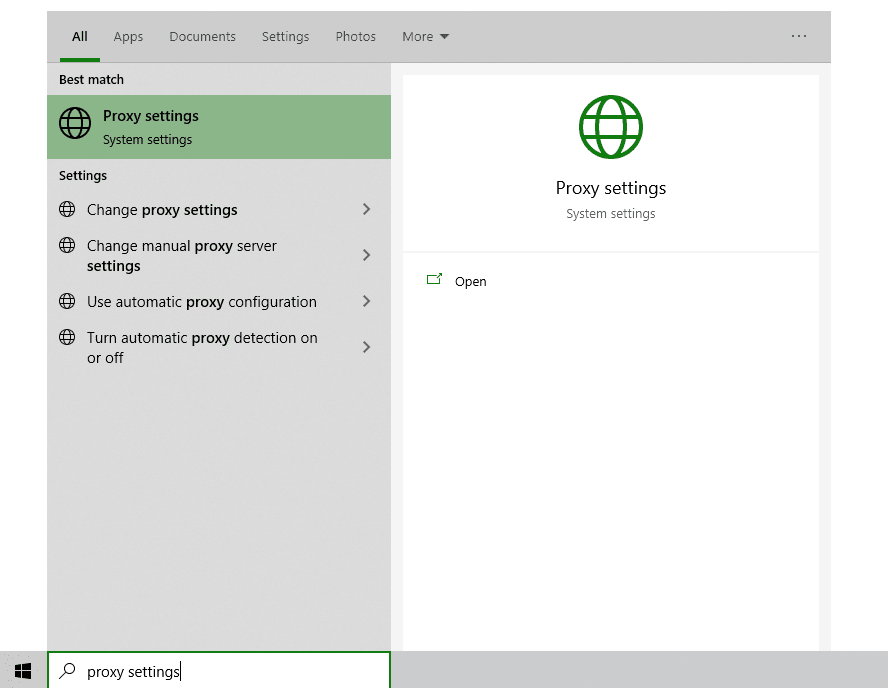
You are then given two options to choose from: Automatic proxy setup or Manual proxy setup. If you want windows to automatically detect your proxy settings, choose the first option. Choose the second option if you want to utilize a specific ip address and port number.
If you chose the first option, then:
- Turn on Automatically detect Settings
- Turn on Use setup script
- Enter the script address
- Click Save
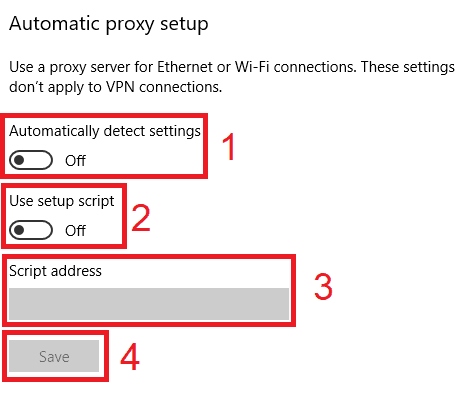
If you chose the second option, then:
- Turn on Use a proxy server
- Input both server address and port number
- If you have any addresses you would like to visit without a proxy, enter them here
- Turn on Don’t use the proxy server for local addresses check box if you want to access a local server without a proxy
- Click Save
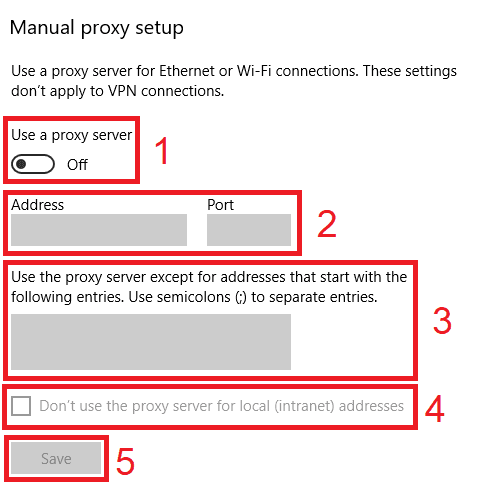
For Mac.
To start configuring your proxy settings in MacOS, simply:
Step 1. Click on the Apple Icon.

Step 2. On the drop down menu, click on “System Preferences”.
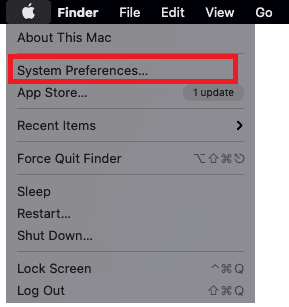
Step 3. Click on “Network”
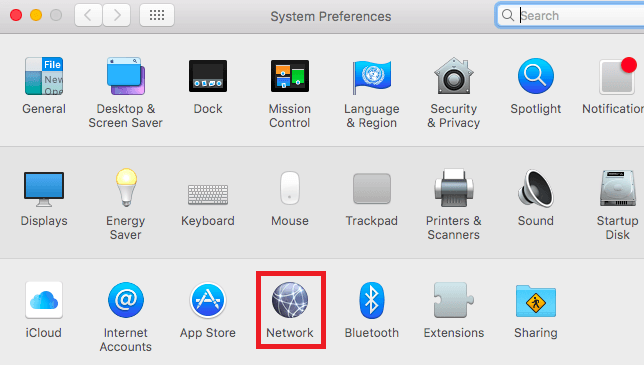
Step 4. Click on “Advanced”
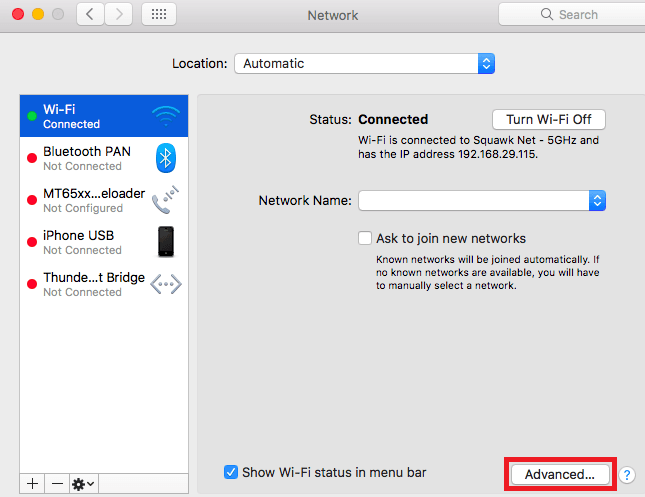
Note: Make sure to connect to your wi-fi first.
Step 5. Click on “Proxies”

This should then redirect you to MacOS proxy settings. MacOS is more straightforward compared to windows. You only have one option which is to manually configure your proxy server.
Here are the steps to follow:
- Select which proxy IP protocol you want to configure. This depends on which protocols your proxy service provider offers.
- Turn on Secure Web Proxy
- Input the Proxy Server Address and Port Number
- Click OK to save the configurations
Note: You may be prompted for your Mac user password to save your settings.
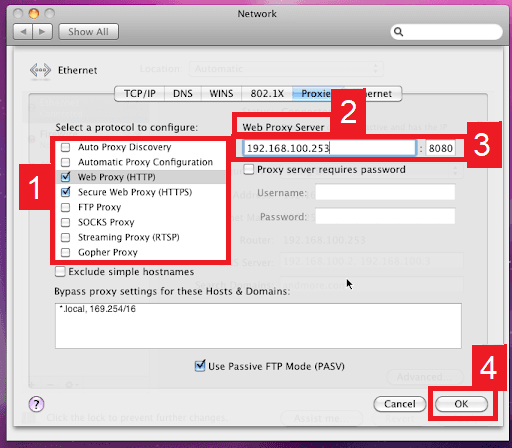
To set up a Duolingo proxy server for your mobile device, simply change your phone’s proxy settings. The Duolingo app will automatically copy your phone’s proxy settings whenever you use it. This is applicable for both Android and IOS.
Here’s a thorough guide for Android and another one for iPhone.
Congratulations! You have now finished configuring a Duolingo proxy server. Note that the first time you visit it, there will be a pop up asking for your login credentials.









